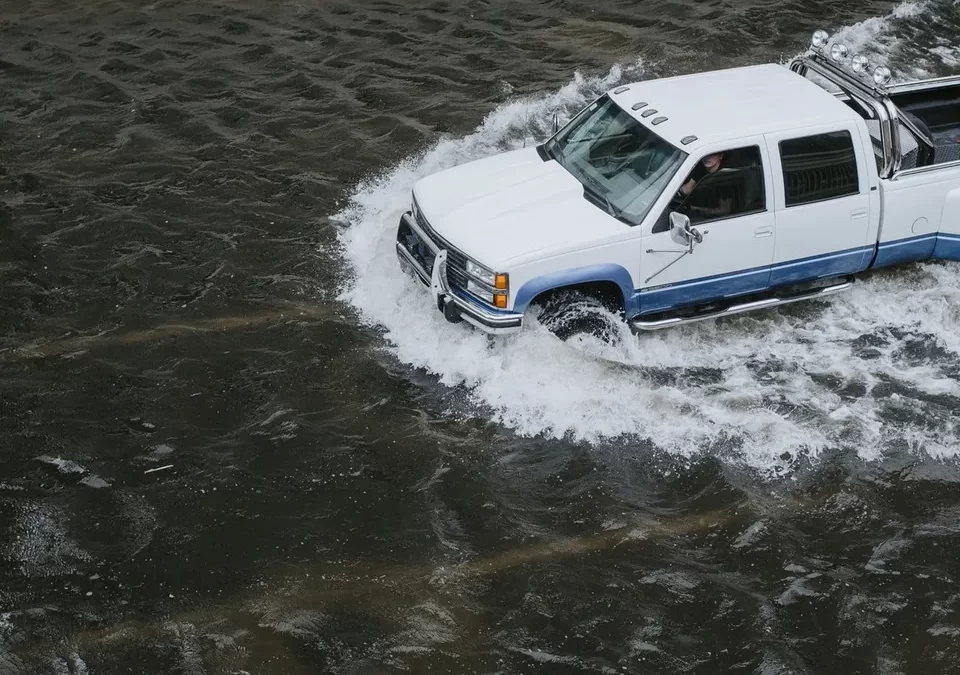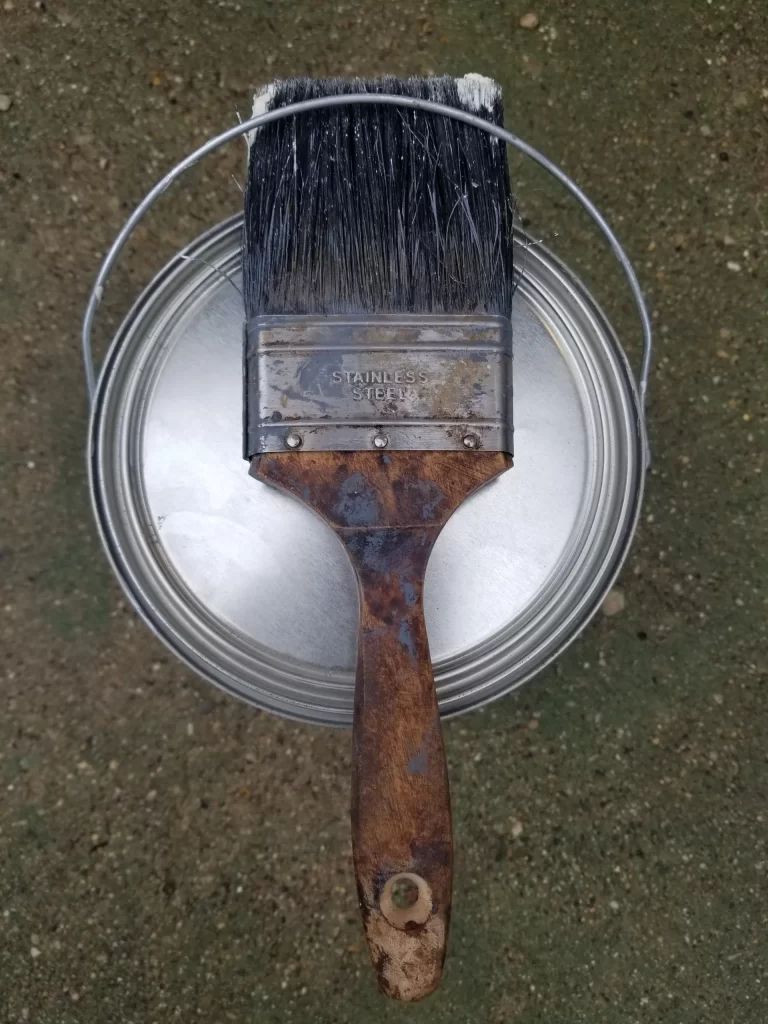A flood zone is an area that’s more likely than others to become inundated in case of a flood. There are different levels of flood zones, but whether yours is low or high, you still need to prepare your home for the worst. The first step for that is knowing whether you live in a flood zone, and we’ll help you with that today!
1. Consult the Federal Emergency Management Agency (FEMA)
FEMA provides a simple tool you can use to know whether you live in a flood zone or not. All you need to do is type in your address, and it will let you know. The Flood Map Service Center will inform you about floodways, flood zones, and your home’s risk level. You’ll also find infrastructural and topographical information about your area. The map may seem a bit confusing at first but take your time and you’ll find it’s not difficult to read and it provides a ton of useful information. If you’re thinking of purchasing a certain property, we recommend you consult FEMA beforehand!
2. Invest in Flood Insurance
If you do live in a flood zone, the next logical step is to invest in flood insurance as standard homeowner’s insurance policies don’t cover flood damage. However, they’re a lot more common than, say, fires, so you need to consider it. Especially if you live in a flood zone, no matter the risk level. Do your research and get flood insurance quotes from different insurers. This way you can find the cheapest option and still protect your property.
3. Get a Flood Sensor for Your Home
One of the most effective ways of preventing flooding in your home is getting a flood sensor. This device will let you know if there are any water leaks you need to deal with, whether that’s from your washing machine, water heater, or any other source. You can kill two birds with one stone by getting a security system that includes water detectors so you can keep your property secure from threats and water at the same time.
4. Track the Changes in Your Area
New construction and changes in flood zone designations, flood plain, and topography change over time. That’s why you should check in with FEMA and track changes in your area every five years or so. You can set up a reminder in your calendar or try to match it with milestone birthdays or anniversaries so you don’t forget. Tracking these changes will allow you to be prepared over time and it can help you prevent flooding in your home a lot more effectively.
As you can see, living in a flood zone isn’t always the best option, especially when considering buying a new property in one, but it is quite possible to still be happy there. All you need to do is be aware of what you’re up against and be responsible about it by preparing and keeping track of changes. Determining whether you live in a flood zone is easy and quick. After that, it’s up to you to make the right decisions, such as purchasing flood insurance and preparing for the worst, just in case!


